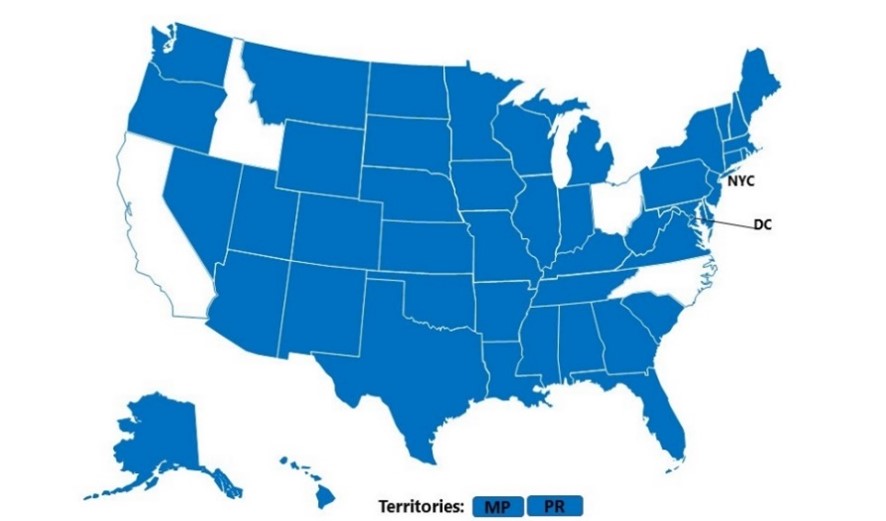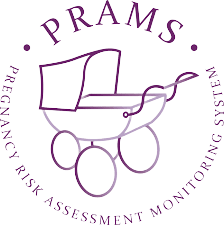The Challenge
Launched in 1987, the CDC’s Pregnancy Risk Assessment and Monitoring System (PRAMS) is considered the best source of data on mothers and babies in the world. The PRAMS survey covers a wide range of topics in maternal and child health, including health behaviors and experiences before, during, and after pregnancy. Since its launch the project has experienced rapid expansion from its original group of pilot states to more than 50 participating US states and territories, each with samples of up to 4,000 mothers.
This exponential growth brought global recognition and strong demand for PRAMS’ high-quality data. It also brought growing pains. Each site’s data were cleaned and weighted separately to properly represent populations in participating jurisdictions. Careful statistical weighting was originally handled by a single CDC statistician, and each site could take up to a month to process – preventing timely release of findings to researchers, health departments and policy-makers.


The Project
In this population-based survey, the main goal is to monitor key health indicators, disseminate knowledge about risks, and inform public policy. Given the number of births that take place each year in U.S. (an estimated 3.7 million in 2021), collecting a representative sample of mothers is no small task. PRAMS sites report precise estimates for high-risk groups (e.g., mothers of low-birth weight babies) so weighting must account for many factors to yield representative findings. Common issues encountered during data cleaning and weighting include: missing population records, low response rates among key subgroups, corrections for birth certificate data, duplicate records, and much more.
To provide stakeholders with timely mission-critical estimates, it became clear that a streamlined system for processing data was essential for future success.
Our Approach
Far Harbor studied the original methods for cleaning and weighting the data, carefully learning the process from CDC’s senior statistician. After gaining expertise in weighting two years of data, we then designed and implemented a system of more than 80 statistical programs to rapidly process the monthly batches of PRAMS data. The initial launch of this system occurred with the 2001 data year to great success. Over time, Far Harbor continued to refine the system, reducing time to weight a single dataset to a few days. Most recently, Far Harbor set the record for the fastest release of annual data in the history of PRAMS.
The Impact
With the timely delivery of weighted PRAMS data, Far Harbor plays a crucial role in the release and use of these datasets, as well as providing key subject matter expertise on programming and development for the entire PRAMS data processing cycle. Far Harbor contributed to the CDC Director’s Winnable Battle topic area of Teen Pregnancy, acting as the statistical lead for Morbidity and Mortality Weekly Report (MMWR) launch publication in 2012 on contraceptive usage by teen mothers.
Far Harbor has also adapted the PRAMS weighting programs and methodology to quickly produce representative data on special topics identified by the CDC, including Zika virus and opioid exposure. Widely covered by national news outlets, this article led to several other innovative analyses of subpopulations of PRAMS, including a 2020 article analyzing mothers’ awareness and health care discussions related to the Zika virus. PRAMS 2020 data also featured some of the first population-based survey data on Covid-19 related experiences.



Project Details
-
USA
-
2000 – Present
Partners
-
Center for Disease Control (CDC)
Service Area
-
Measurement and Health Surveillance
Topics
-
Health Risks & Equity
-
Maternal & Child Health
